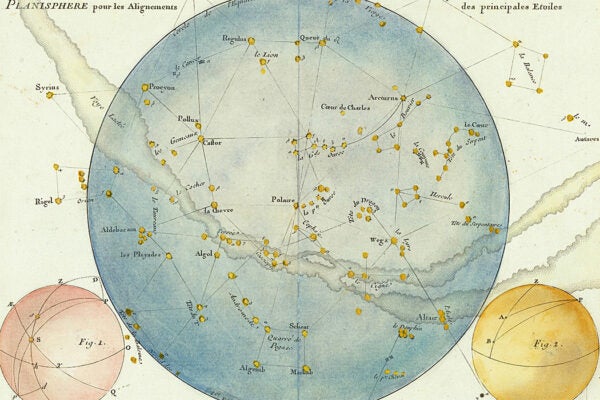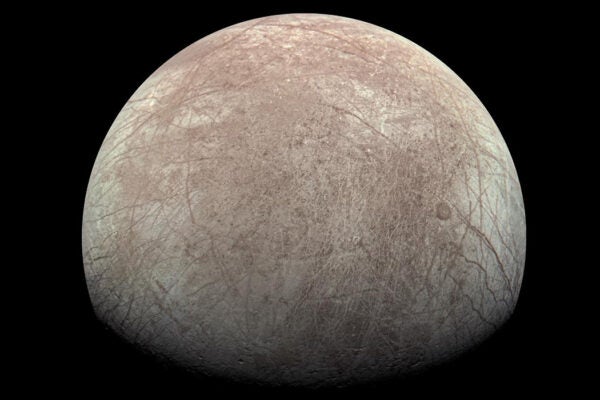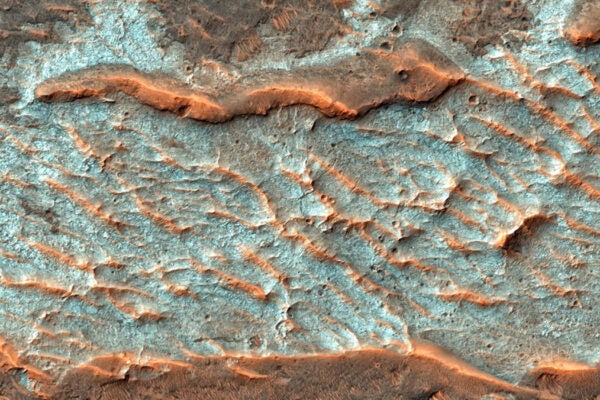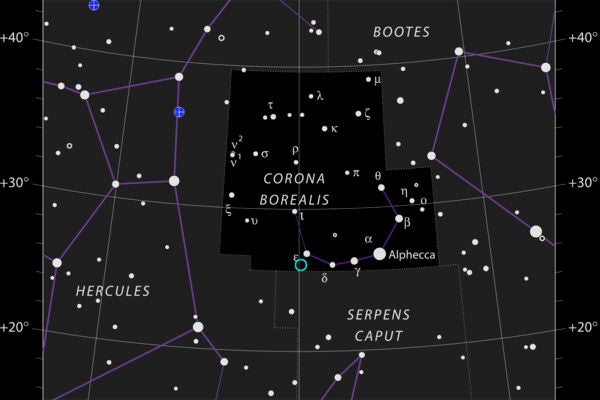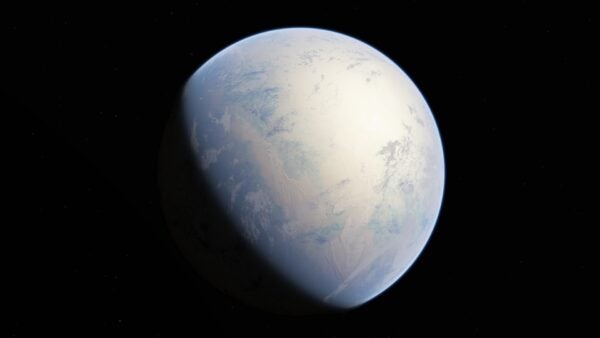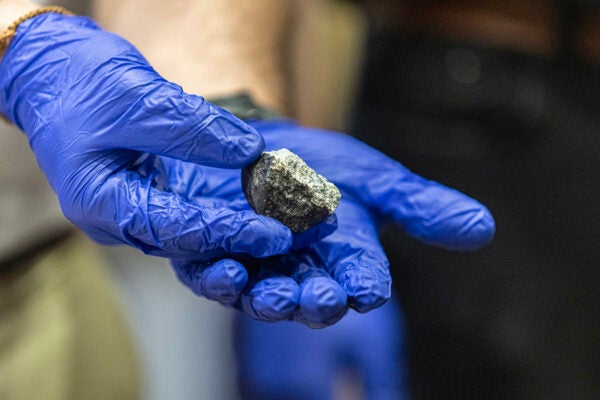A Blind Beetle Named Hitler?
The case for changing offensive names of animals and plants, and how it can be done
Moho-A-Go-Go: Journey to the Far Edge of the Center of the Earth
The “Moho,” short for the Mohorovičić discontinuity, is a long way down.
Viruses Through the Looking-Glass
The electron microscope brought about a paradigm shift in virology in the middle of the twentieth century.
Spider in the Telescope: The Mechanization of Astronomy
John Flamsteed’s vision of an astronomer's skill set clashed with existing ideas about observing, paving the way for a new mindset based on mechanical objectivity.
NASA’s Europa Clipper
The spacecraft will investigate whether an icy moon of Jupiter can support alien life.
The Strange Experiments of Henry Cavendish
Cavendish was an idiosyncratic scientist who conducted fascinating experiments, such as “weighing” the Earth and splitting water into its constituent elements.
“Follow the Salt”: A New Strategy for Finding Life on Mars
Scientists might be looking for Martian life in the wrong place.
John Birmingham’s Discovery of the Blaze Star
John Birmingham discovered T Coronae Borealis in the narrow window when astronomy flourished in nineteenth-century Ireland.
Snowball Earth
How scientists discovered that unique Scottish rocks record when Earth was first encased in ice.



